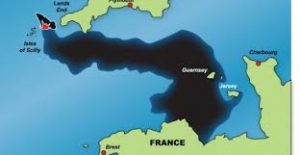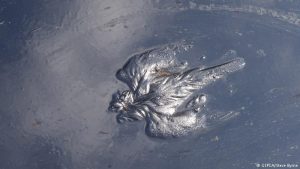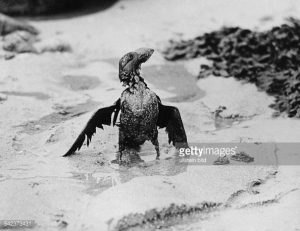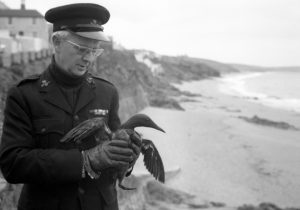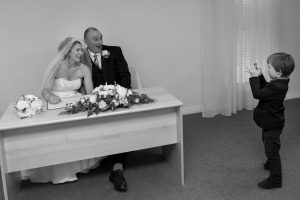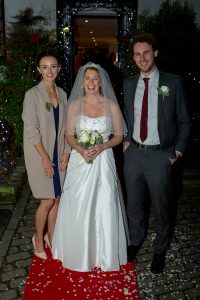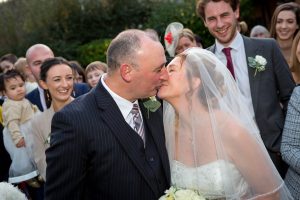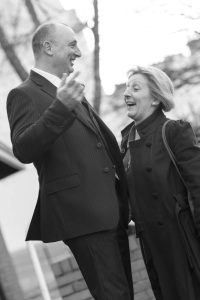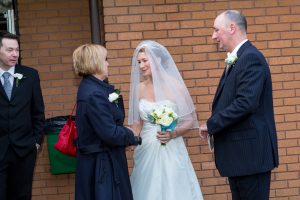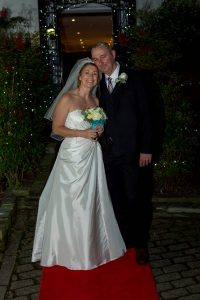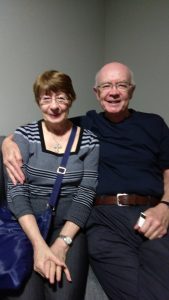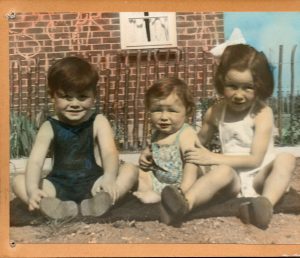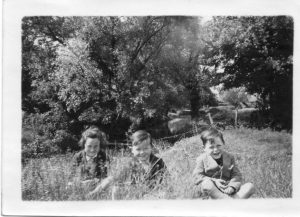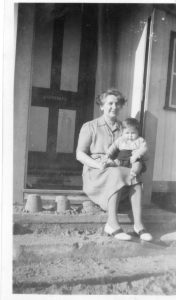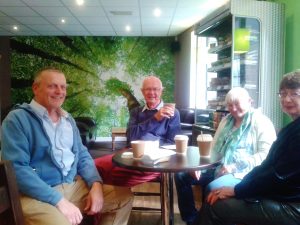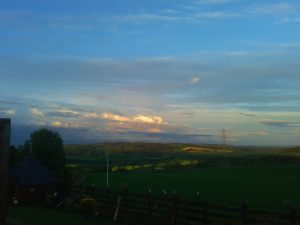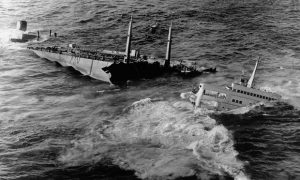 I can’t believe it’s fifty years since the Torrey Canyon disaster. The whole thing haunted me for years – along with the slow demise of my first marriage and later, having to live without my children.
I can’t believe it’s fifty years since the Torrey Canyon disaster. The whole thing haunted me for years – along with the slow demise of my first marriage and later, having to live without my children.
The Sixties was not a good decade for lots of people: women were not listened to and still suffering from the post-war expectations of the kitchen-sink repression.
Not having a paid job or a home with my name on it proved a costly and life-threatening episode in my life.
In March 1967 the 974 ft oil supertanker Torrey Canyon was carrying tons of crude oil from Kuwait to Milford Haven in South Wales – there’s a big British Petroleum depot there and BP chartered the tanker.
The Captain had decided to take a short cut around Cornwall – not the best of choices at that point as many a sailor knows and while his Captain slept, the First Mate steered a course off Land’s End between Seven Stones Reef and the Scilly Isles. The huge tanker grounded on Pollard’s Rock on 18th March 1967. We’re told that the crew of the Seven Stones Lightship, two miles off the reef, realised the tanker was in danger when she was a mile away from the reef, but there was nothing they could do but raise the alarm. This was bad enough – but what was to follow was one of the greatest maritime disasters. It was man-made all round and made worse by unfortunate man-made attempts to resolve the problems. At the time, she was the largest vessel ever to be shipwrecked.
The crew were rescued by helicopters and lifeboats and the Captain and three crew stayed on board for as long as possible.
The Torrey Canyon began to split in two after two days of trying to refloat her.
The oil tanks were splitting and up to 117000 tons of crude oil was pouring into the sea. With a growing oil spill 8 miles long, on 28th March the RAF bombed the ship to sink her. Only 23 of the 41 bombs dropped hit their target and it took two days before she sank.
120 miles of the Cornish coast and 50 miles of the coast of Brittany were suffocated with crude oil. 10000 tons of BP’s crude oil detergent was poured into the sea – some in barrels from the top of cliffs.
15000 seabirds were killed along with beach marine life and micro-organisms of the seashore.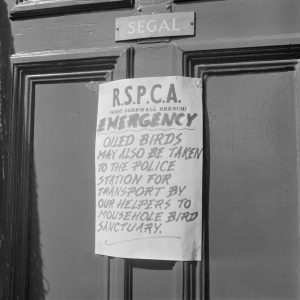
Hundreds of volunteers along with the army and emergency services took to the black beaches for the long, slow clear-up operation. Research has revealed that on beaches where no BP detergent was dispersed, it took 2-3 years for nature to resolve the tragedy, but where the untested detergent was used, it took 13-14 years for the balance to begin to be restored. 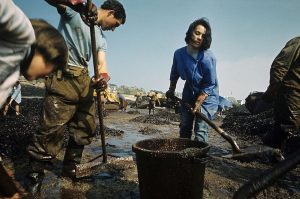
It was a tragic way to learn environmental lessons. The crude oil transported to a quarry in Guernsey is there to this day. The wreck of the Torrey Canyon lies 98 feet deep.
And that’s how, my dear readers, this poem was born.
Friend
There are times when the world closes in on me
I struggle for shore, aware of encumbrances,
Of the enormity of the waves
and the vast illegibility of the sky.
The power beneath me throws me at the strand,
Recedes, then whispers back
To feel my trembling consciousness.
I open my eyes to see myself crouched in fear…
My wings discoloured and glued down
By the coal-black tar of foreboding.
Thoughts which seem as deep as the vastness of my sky
Pin me down.
– And sand begins to gather on the tar.
And I have felt the earth tremble with your presence.
Felt strong hands hold me, lift me to your face.
And on that gentle face, outlined against my sky
Is fear, to match my own.
The real fear, the one which says
“You frighten me but I understand your pain;
lie still in my hands and trust me.”
That such a fear should breed you such compassion!
These hands that paint the tar away
Are of the stuff which first did give me life
– And threw me at the waiting sky, to fly.
Eileen Walke
